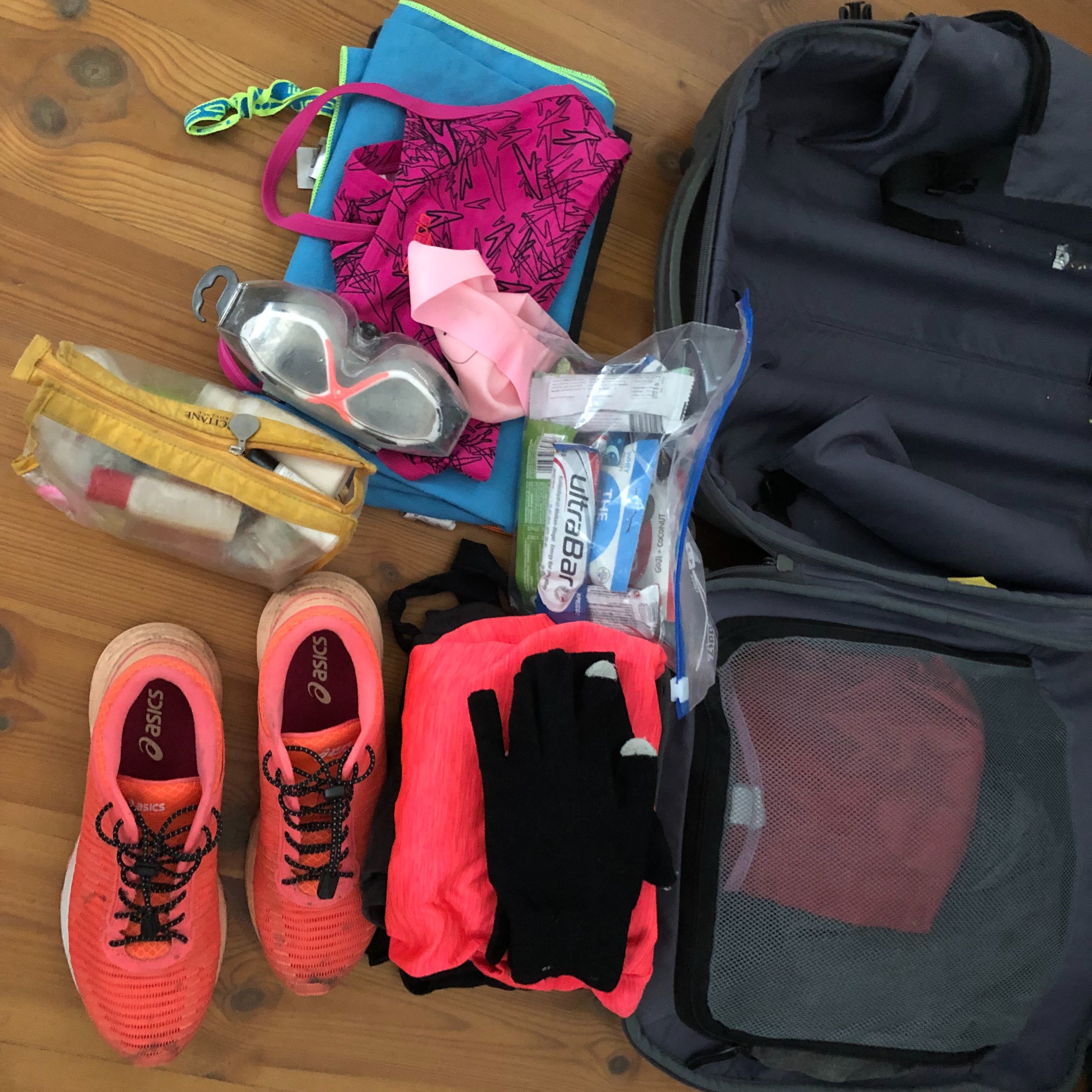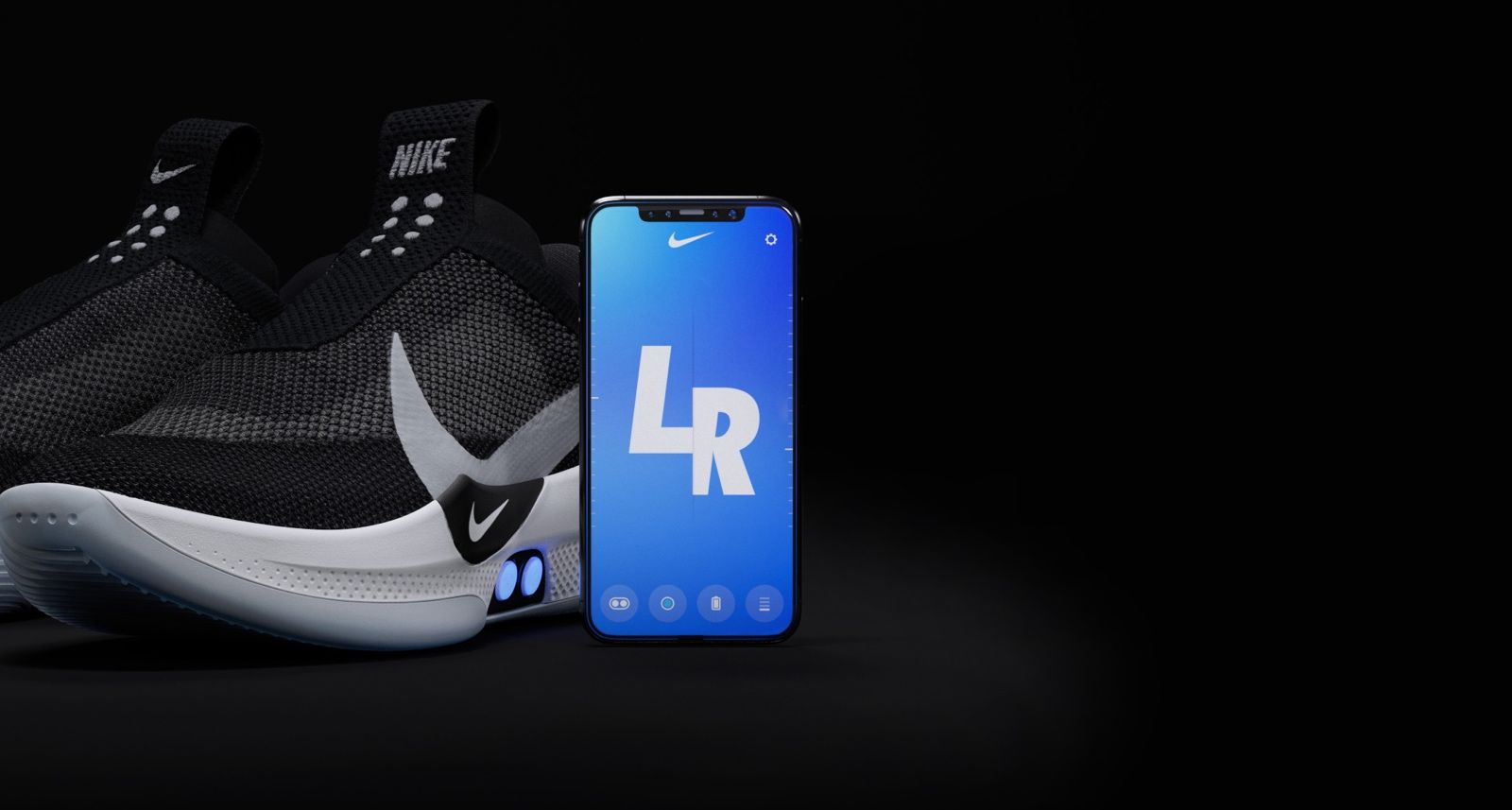There are times in my job requiring significant amount of travel. While I generally don’t mind, especially when I travel…
Blog
Is this the future of running shoes?
For someone who loves both sports and technology – this was the new of the week. Nike announced Adapt BB…
F… New Year’s resolutions!
You can see them in the park, you can see them in the swimming pool, you can see them in…
2018 – the fittest year in my life
The end of the year is always a time for a little reflection. This year was very challenging in many…
The power of habit – how it all began
Recently more and more people were asking me how I got into triathlon. That’s why I decided to write a…





